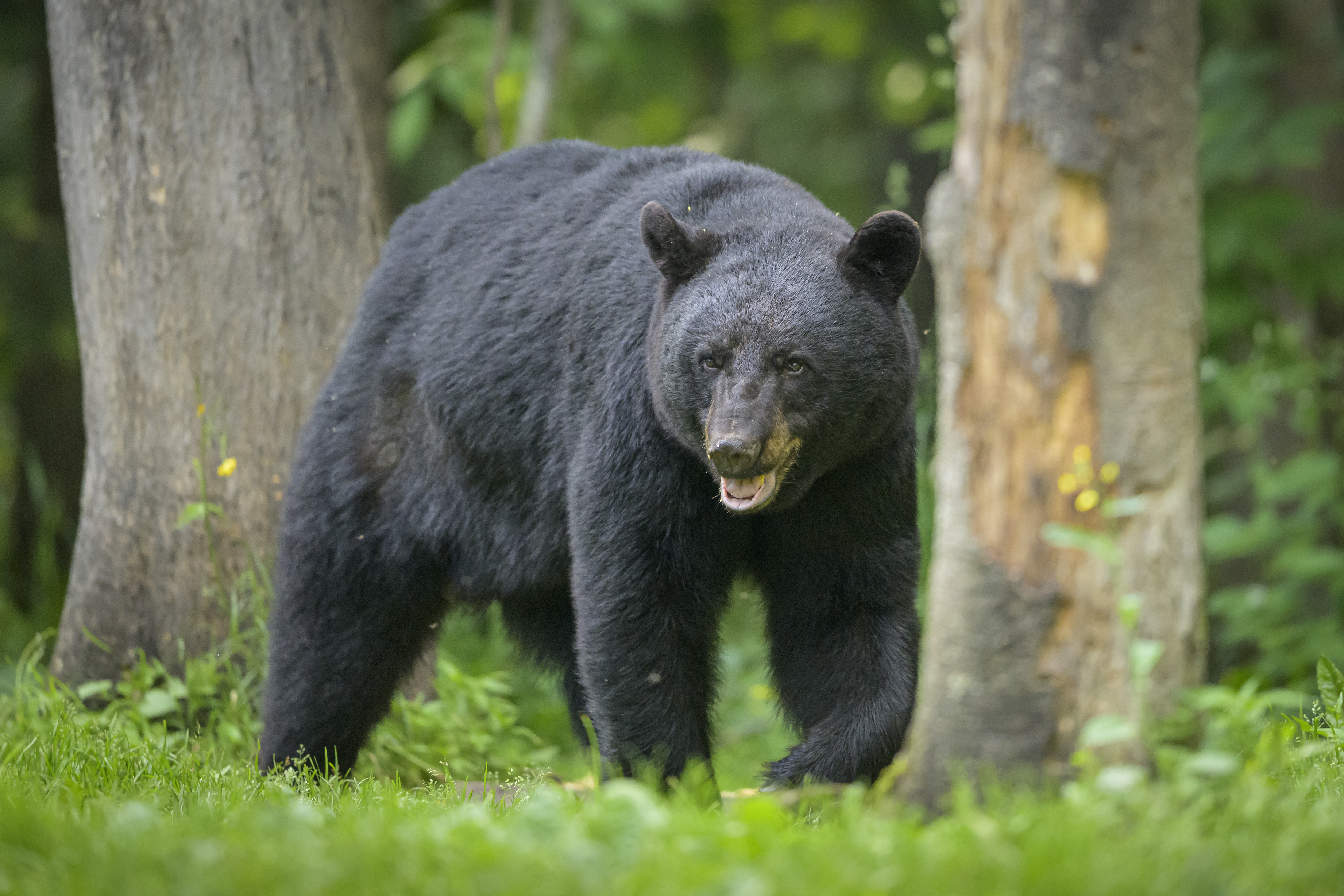Authorities have issued a hurricane watch for Puerto Rico as Hurricane Maria churns toward the Eastern Caribbean amid forecasts it could become a major hurricane by Monday night or early Tuesday.
Maria could make a direct hit on Puerto Rico, which was spared the full brunt of Irma although much of the island had its power knocked out. Puerto Rico hasn't had a direct hit since 1998.
Gov. Ricardo Rossello said officials had prepared about 450 shelters with a capacity for nearly 68,000 people - or even 125,000 in an emergency. He said schools were cancelled for Monday and government employees would work only a half day.
Vieques and Culebra, U.S. Virgin Islands, British Virgin Islands, Saba and St. Eustatius, St. Maarten, St. Martin and St. Barthelemy, Anguilla are also under the watch.
At around 5 a.m., Maria is about 100 miles east of Martinique, according to the National Hurricane Center. The center also said the hurricane is expected to become a major hurricane by late Monday or early Tuesday.
Click here for an interactive radar from Telemundo.
A hurricane watch means hurricane conditions are possible within the area. A watch is typically issued 48 hours before the anticipated first occurrence of tropical-storm-force winds, conditions that make outside preparations difficult or dangerous.
Local
Maria is expected to produce total rain accumulations of 6 to 12 inches with isolated maximum amounts of 20 inches across the central and southern Leeward Islands, including Puerto Rico and the U.S. and British Virgin Islands, through Wednesday night.
Hurricane warnings were posted for Guadeloupe, Dominica, St. Kitts, Nevis, Montserrat and Martinique. A tropical storm warning was issued for Antigua and Barbuda, Saba, St. Eustatius and St. Lucia. Other islands were warned to stay alert for changes in the storm.
The U.S. National Hurricane Center said Maria had maximum sustained winds of 90 mph.
The hurricane center said hurricane conditions should begin to affect parts of the Leeward Islands by Monday night, with storm surge raising water levels by 4 to 6 feet near the storm's center.
Officials in the Dominican Republic urged people to leave areas prone to flooding and said fishermen should remain in port.
Read more from Telemundo here.
Farther north, long-lived Hurricane Jose continued to head northward off the U.S. East Coast, causing dangerous surf and rip currents. It wasn't expected to make landfall but tropical storm watches were posted along the coast from Delaware to Massachusetts' Cape Cod.
Jose was centered about 280 miles east-southeast of Cape Hatteras, North Carolina, and was moving north at 9 mph. It had maximum sustained winds of 85 mph.
In the Pacific, Tropical Storm Norma's threat to Mexico's Los Cabos resort area at the southern end of the Baja California peninsula seemed to ease as forecasters said the storm's center was likely to remain offshore.
Norma had winds of about 50 mph (85 kph) and it was centered about 160 miles (255 kilometers) southwest of Cabo San Lucas. That area was hit two weeks ago by Tropical Storm Lidia, which flooded streets and homes and killed at least four people.
The Baja California Sur state government prepared storm shelters and canceled classes for Monday.
Meanwhile, Tropical Storm Lee weakened into a tropical depression far out in the Atlantic while Hurricane Otis weakened some far out in the Pacific. Neither threatened land.



